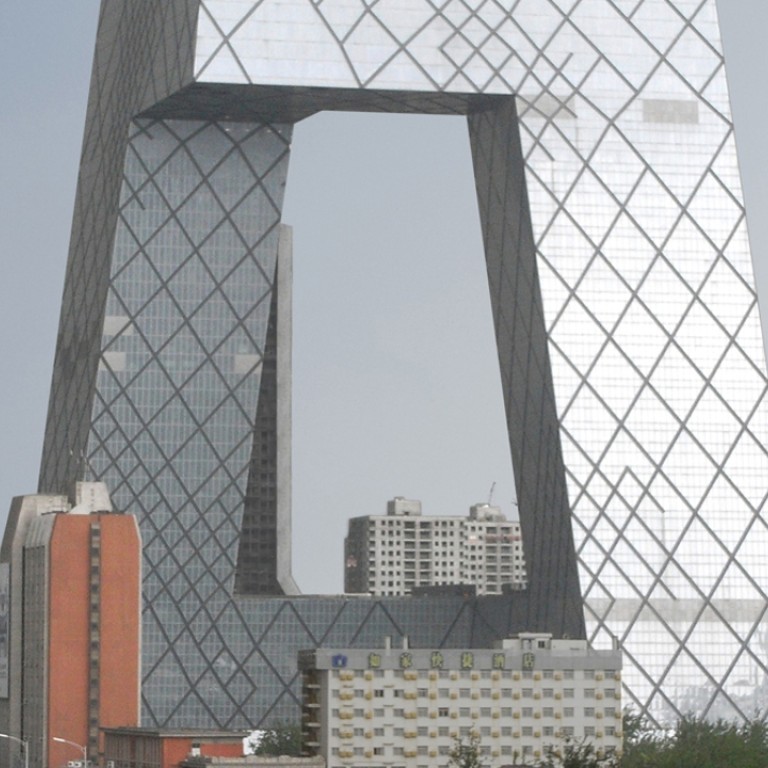
‘No more weird architecture’: Chinese directive draws line in the sand on ‘strange’ buildings
Gated communities to open up to outside traffic, under new State Council guidelines
No more “weird” architecture, gated communities or illegal structures will be built on the mainland, according to an urban blueprint released by the central government on Sunday.
The directive from the State Council came two months after leaders met for the Central Urban Work Conference,which ended with a commitment to tackle urban ills such as pollution, public safety and traffic jams.
READ MORE: Check out five of China’s strangest buildings, as government orders end to ‘weird architecture’
The last time the mainland held such a meeting was in 1978, when only 18 per cent of the population lived in towns and cities. That figure had increased to 55 per cent – or 750 million people – by the end of last year.
The directive demands that urban architecture be “suitable, economic, green and pleasing to the eye”, in contrast to the “oversized, xenocentric, weird” buildings devoid of character or cultural heritage that have sprung up in mainland cities – a trend President Xi Jinping said reflected “a lack of cultural confidence and some city officials’ distorted attitudes about political achievements”.
READ MORE: Architecture award to Beijing’s futuristic Galaxy Soho slammed by heritage group
Various unorthodox structures have graced the skyline of many cities in recent years, including Beijing’s landmark CCTV headquarters, also referred to as the “Big Trousers” for its pants-like design.
Copies of famous Western landmarks, such as the White House, Eiffel Tower and London Bridge can also be spotted in many towns across the country.
Liu Shilin, head of the Institute of Urban Science at Shanghai Jiao Tong University, said some city officials had spent huge amounts of taxpayers’ money on erecting impractical, strange-looking buildings that did not meet public or city needs.
“These buildings do not have much value in terms of use, and cost a lot to operate and maintain. Quite a few were torn down soon after completion,” Liu said.
The [new] policy is heading in a good direction.”
He said the policy could be followed up with a set of criteria to define “weird” architecture.
The directive also stated that no more gated communities would be built and those already in place would be gradually opened to the public, with their roads open to traffic.
READ MORE: People’s Daily mocked over phallic headquarters
The aim was to improve traffic networks and make better use of land, it said.
Many internet users expressed concern over the potential safety risks from opening up their gated communities.
One commenter said: “Residents have all paid their share to use the roads in these communities. How can you open them up just like that? Opening them up will bring in noise pollution, air pollution and security risks. How can residents’ safety and health be ensured?”
“I am speechless. After opening the roads to the outside, is it still possible for the elderly and the kids to walk around or play there? How can people sleep well if cars keep driving through the communities at night?” another said.
The directive also requires that illegal structures in cities to be removed in the next five years or so and authorities throughout the country ensure the safety and quality of construction projects and urban buildings.


